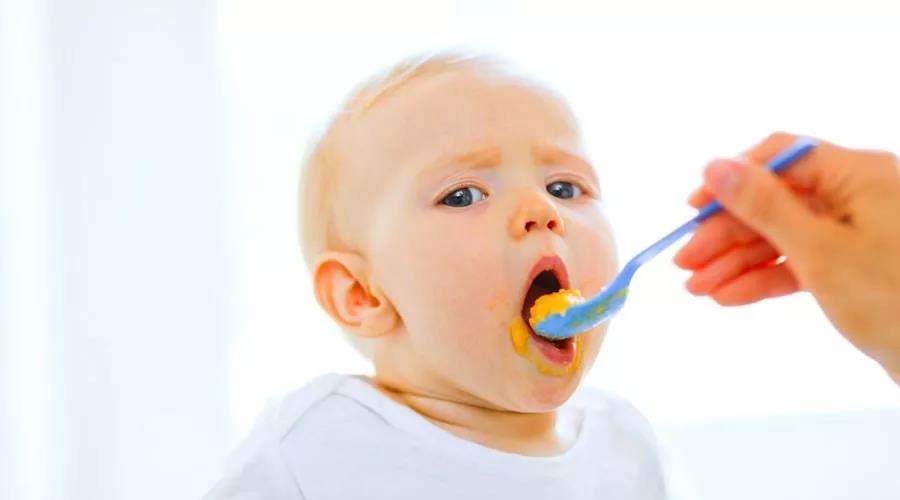Is breast milk nutritious after 6 months? Should the baby be weaned early?

Q1:
The mother-in-law and the mother-in-law always said that breast milk would have no nutrition after 6 months. What should I do if I were weaned quickly?
My mother often leaves messages backstage asking me about [weaning].
What makes them struggle most is that [my mother-in-law says my milk is not nutritious], [the doctor says why your baby is still feeding when she is one year old], or [it is because she is not weaned that she is not good at eating]… at this time, breast milk seems to have become a big enemy, forcing the nursing mother to die every minute…
Should what be weaned?
In fact, authoritative organizations around the world, including WHO, have suggested insisting on breast-feeding for at least 6 months and recommending breast-feeding to the age of 2 and above (yes, you are right! ). The mother can decide when to wean according to her and her baby’s situation.
The meaning of this sentence is that the weaning time is decided by you and your baby, and you can feed it as long as you like.
After weaning, if the baby is not over 1 year old, it needs to be fed with infant formula.
Babies after 1 year old can choose various forms of milk or dairy products such as formula milk, milk and yogurt as part of a balanced diet.
Will breast milk be free of nutrition after 6 months and 1 year old?
No!
The nutritional composition of breast milk does change dynamically, but the total energy is basically constant compared with breast milk at the same stage.
However, as children grow up, the need for various nutrients gradually increases, and pure liquid breast milk or breast milk-based diet is far from meeting the growth and development needs of children after the age of 1. Therefore, breast milk itself will not become [without nutrition], but children’s need for nutrition will increase.
Therefore, drinking milk alone is certainly not enough, but don’t blame breast milk.
Children can’t eat fried food, easy to get angry?

Q2:
Is it true that Grandma said that children cannot eat fried food and are easily irritated?
In fact, these so-called [excessive internal heat] symptoms have more scientific and reasonable explanations.
Eating fried food, the most likely so-called [excessive internal heat] symptoms include constipation and yellow urine, which is clearly not eating the right thing!
If you only eat a large amount of meat dishes, the intake of meat, dietary fiber and water is not enough (far from enough), it will indeed lead to the drying and hardening of poop and the reduction of defecation frequency.
The yellow urine is also due to insufficient water intake. Remember to drink some water and milk. Fresh vegetables and fruits are also the source of sufficient water.
Of course, we recommend steamed, boiled and fast-fried food as the main food, but occasionally frying an omelet in a non-stick pan and baking a bun in an oven are all ways to enrich the diet.
The important thing is-eat vegetables every day!
People’s children are fat in vain. Is my milk not good?

Q3:
Cai Ma, the old man always said that the child was not as fat as the one next door.
Said my milk is not good, want me to add milk powder how to do?
Whether a child grows well or not depends not on the comparison with the people next door, but on the child’s own growth curve. Most of the time, child care doctors will use the words “overweight” or “overweight” to describe it, which will bring panic to parents.
So how do we understand the so-called “fat” and “thin”?
Babies called “fat” and “thin” are healthy in most cases.
Many primary child care doctors are still using various versions of the “Chinese Children’s Height and Weight Standard Table”. The “overweight” and “overweight” obtained by copying data without considering individuals at all cannot be fully believed.
The [growth curve] should be used to truly judge the growth and development of children.
Each baby has its own growth curve since birth. Compared with its previous height and weight data, it is observed whether the data recorded each time have a stable upward slope trend, and the height and weight data are in the range of 3% ~ 97%, which is a very healthy and normal growth and development trend.
In the growth of the baby, it is meaningful to compare with oneself and not with other people’s children.
